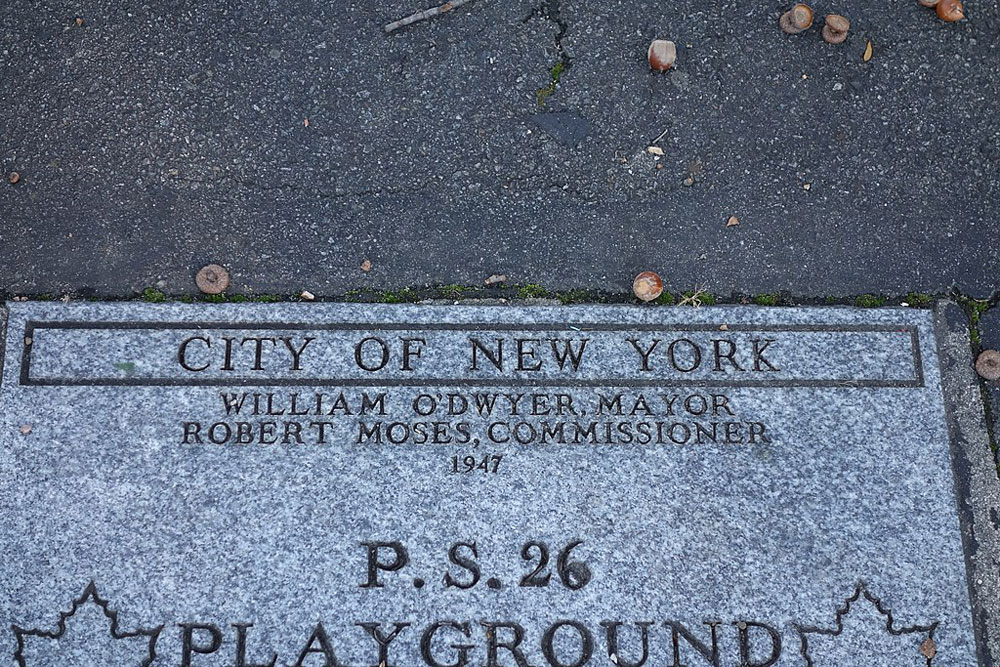
November 18, 2020; New York Times
All schools in New York City’s public school system were shut yesterday after being open for just under eight weeks. This closure was sparked by a three-percent infection average over a seven-day period, and the decision portends other closings in the near future.
The three-percent threshold is relatively conservative, and it’s not clear that Mayor Bill de Blasio and Governor Andrew Cuomo are on the same page. But the press conference at which the change from hybrid to all-remote instruction was announced sent the parents of the city’s public-school students, who are mostly Black and Latinx, scrambling to make last-minute arrangements.
The conditions under which the schools will reopen are unclear, as the state’s set metric for closure is a far more permissive nine percent. Public advocate Jumaane Williams observes the lack of calm, unified governance, even though that’s what parents desperately need. “People are scared and stressed, and need plans and assurances,” he said. “Today, we have only executives governing by haphazard tweets and combative press conferences, from City Hall and the State Capitol to the White House.”
Sign up for our free newsletters
Subscribe to NPQ's newsletters to have our top stories delivered directly to your inbox.
By signing up, you agree to our privacy policy and terms of use, and to receive messages from NPQ and our partners.
Making matters worse is the fact that the city has been faulted by all sides for not having already improved the quality of online learning, focusing instead on preparing the buildings for in-person classes, even though 70 percent of students are accessing instruction online.
A number of larger school districts, like those in Los Angeles and Chicago, have avoided the problems of reclosing by not reopening for in-person instruction in the first place. Detroit did reopen, only to suspend in-person instruction because testing showed high positivity.
At this point, approximately 60,000 students have not received the iPads or laptops the city had promised—reportedly, in large part, because they have become more difficult to get from suppliers. Others lack consistent connectivity. The results of this period’s failures, the costs of which are levied primarily against communities of color, remain appalling, even as the system’s dysfunction more fully flowers.—Ruth McCambridge











